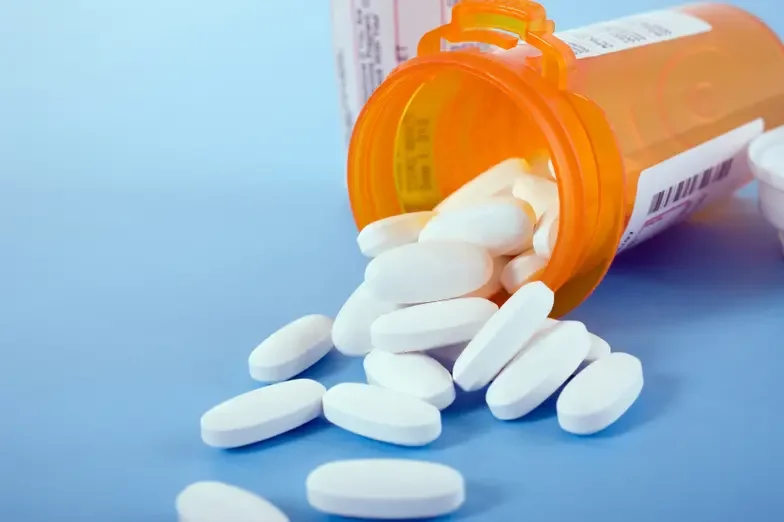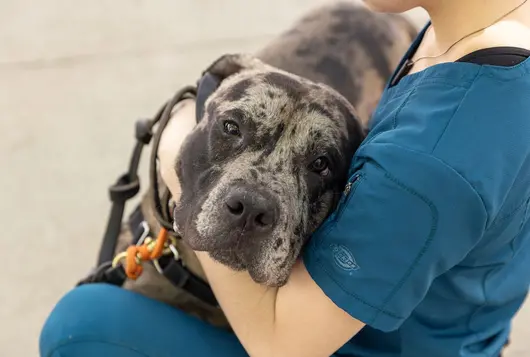Top 5 Tips About Opioids & Your Practice

If you've followed the news lately, you're aware the country is in the midst of an opioid overdose epidemic.
At the ASPCA Animal Poison Control Center, we know that if a drug is in a household there is potential a pet could ingest enough to become ill. In a recent RACE-approved webinar, Dr. Charlotte Means, APCC’s Director of Toxicology, talked about prescription and illicit opioid drugs and how to treat exposure in companion and working dogs.
Here are five crucial points from that lecture:
- Don’t induce emesis in pets who are unconscious or in respiratory distress. When dealing with a toxicity we know we are racing against a clock to prevent absorption, so it’s understood why we’d want to try inducing. However, doing so for a pet in respiratory distress or unconscious could lead to worsening signs or aspiration.
- A number of drugs, like diphenhydramine, can cause a false positive for opiates on a drug screen. Always balance the results of a drug screen with the history and clinical signs of the pet. Owners may be reluctant to share information if the drug was obtained illegally or is illicit, or it’s possible a friend or family member brought it in the house and the owner was not aware. There are many scenarios where OTC urine drug screens may be used, but thoroughly understanding the test is very important.
- Some human opioid medications are combined with acetaminophen. Having the owner bring in the bottle may go a long way in helping to correctly ID the medication the pet was exposed to. And don’t forget, even if the label is too chewed to be identified, imprint codes from pills can quickly be looked up online.
- Naloxone is an opioid antagonist, but it may require repeated doses. Naloxone can be lifesaving when it comes to opioid overdoses. Remember though, its duration of action is typically 45-90 minutes, but potentially up to three hours. Many opioids, particularly in overdoses, can last much longer. Naloxone may need to be re-administered if opioid overdose signs return.
- Most opiate cases have a good prognosis if respiratory and cardiovascular function is maintained. Monitoring heart rate, blood pressure, respiratory rate and gag reflex are important basic parameters to monitor in opioid intoxications.
Want more? Listen to the free webinar at any time.
We have lots more on this subject:
Topics:
Toxicology & Poison Control
Type:
Tips




